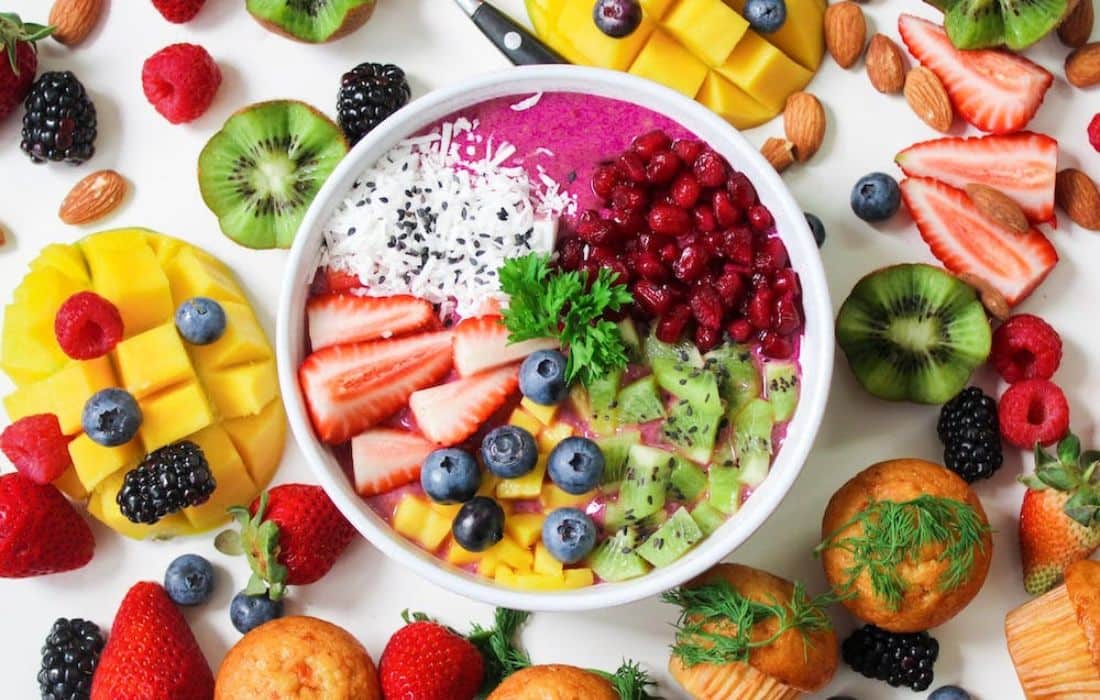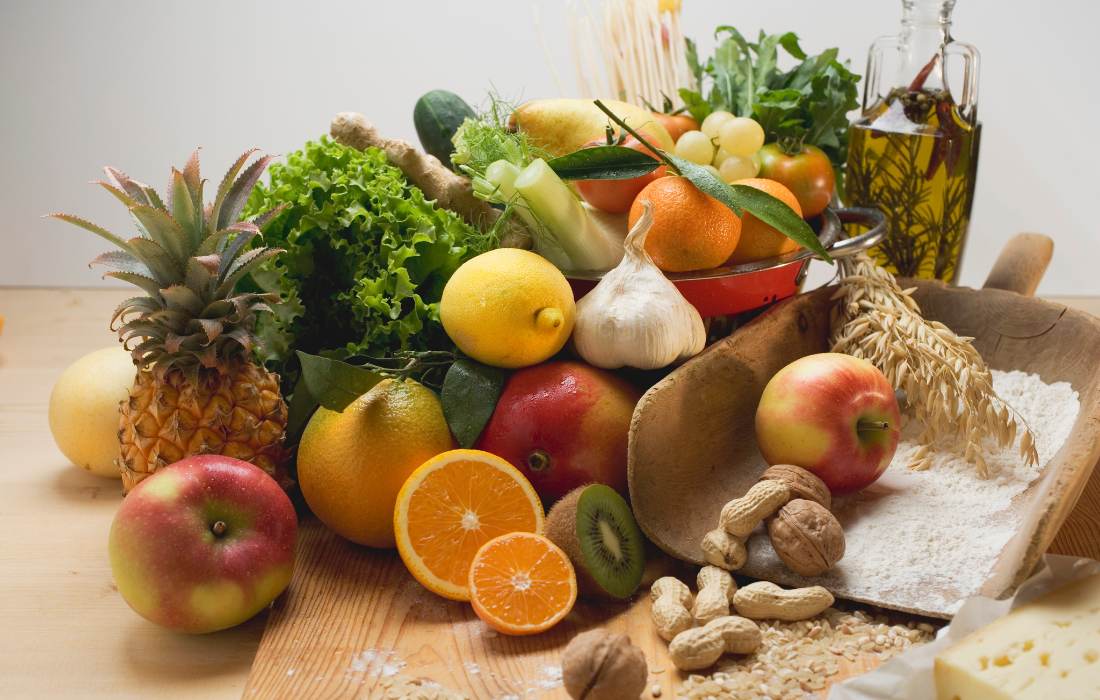Maintaining a healthy digestive system affects every part of your life when it comes to feeling your best and fighting off illness or disease.
Indeed, your digestive system works around the clock fueling your cells and emptying waste from your body.
Furthermore, the food that you’re consuming has a major impact on how efficiently your system processes nutrients for optimum health.
If you’ve been considering the switch to a healthier lifestyle of clean eating, you’ll want to know the 411 on what it is and why encapsulants and emulsifiers are important.
Let’s first examine the key components of clean eating.
Defining Clean Eating
To state it simply, clean eating is basically consuming foods that are as close to their natural form as possible.
Rather than choosing boxed, packaged, or processed foods, choose fresh and whole food options.
Many processed and packaged foods are loaded with added sugar and/or preservatives making them the less healthy choice.
Also Read: 3 Key Trends Affecting Public Health and Wellness
In addition, whole grains are better for you when stacked up against white bread, pasta, and rice which lose nutritional value during manufacturing. When choosing meats, opt for fresh meats and ditch the frozen bags.
When making the switch to a healthier lifestyle of clean eating, you’ll want to know how to search for and read clean labels.
You’ll begin to notice that clean label ingredients include fewer and not more additives, salt, sugar, sweeteners, and/or preservatives.
Indeed, feeding your digestive system whole foods will help you process food the way your body was intended and the best reward of all is the boost your immune system gets, thus helping you ward off illness and disease.
How to Find Clean Labels
As the health benefits associated with clean eating have become more evident, the food industry has answered the call of consumers seeking more transparency in food labels.

Consumers are paying closer attention and shopping for clean labels. Finding clean label foods consists of knowing what to search for and how to discern the good from the bad in the food’s ingredients.
You Might Like: Coping with Stress: Effective Workouts for Mental and Physical Resilience
Let’s take a look at the components of a food regulated by the FDA and what its label must include.
- Identity of the product
- Nutrition facts
- Net content
- Ingredient statement with allergen labeling
- Name and address of manufacturer or distributor
Here’s what you should look for when searching for clean label foods.
- Natural ingredients – Avoid artificial flavors or colors, preservatives, or additives.
- Less chemicals – Look for ingredients that do not sound artificial.
- Transparency in the manufacturing of the product – How is the product sourced?
- Techniques used in processing should be minimal and not artificial.
Understanding the Importance of Encapsulants & Emulsifiers in Clean Foods
Emulsification is an essential process used by chefs and cooks every day. The process involves adding a form of fat or other ingredient designed to combine two components together for consistency and/or flavor.

Consider salad dressings and soups with emulsifying ingredients that add decadent flavor. Without emulsifying ingredients such as vegetable oil or egg yolks, your cake batter or salad dressing would be a watery mess.
And your sandwich never tasted so good without that extra dollop of mayonnaise, but the egg yolks and oil are emulsifiers used to make a creamier spread.
When it comes to clean eating, you can find foods that use natural emulsifiers such as olive oil instead of vegetable oil. Reading clean label ingredients will reveal what’s in them and how it’s been processed.
However, you should understand how encapsulants in your foods affect the nutritional value of what you’re eating. Encapsulants are added to foods to enhance flavor, increase shelf life, or add nutritional benefits.
Encapsulants that include probiotics or vitamins/minerals can give foods an added boost of nutritional benefits.
Take a look at the categories of encapsulants.
- Flavoring agents
- Acid bases
- Artificial sweeteners
- Colorants
- Preservatives
- Leavening agent
- Antioxidants
- Protein and lipid materials
When choosing foods with encapsulants, search for clean labels with few fillers. If there’s a long list of encapsulants, you might want to skip it.
Making Healthy Choices Leads to Longevity
Feeling your best allows you to live a rich and robust life that clean eating can give you. Indeed making healthy choices leads to longevity and that’s worth celebrating!




